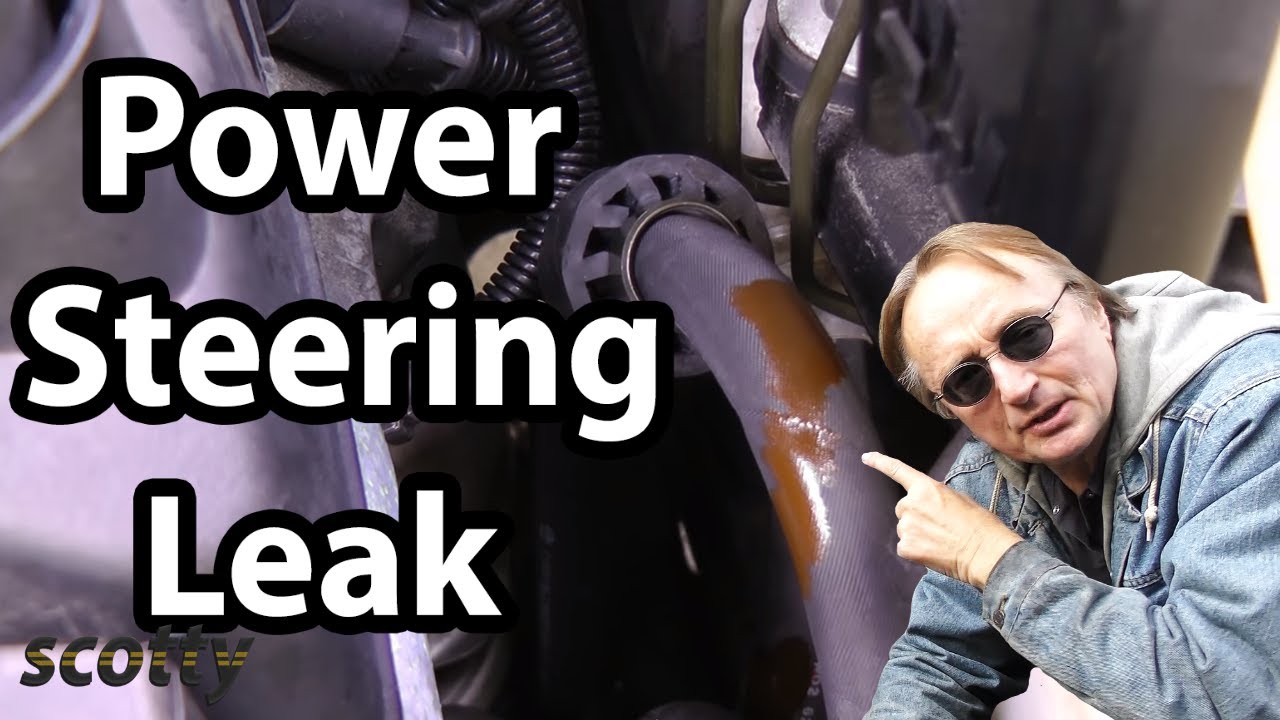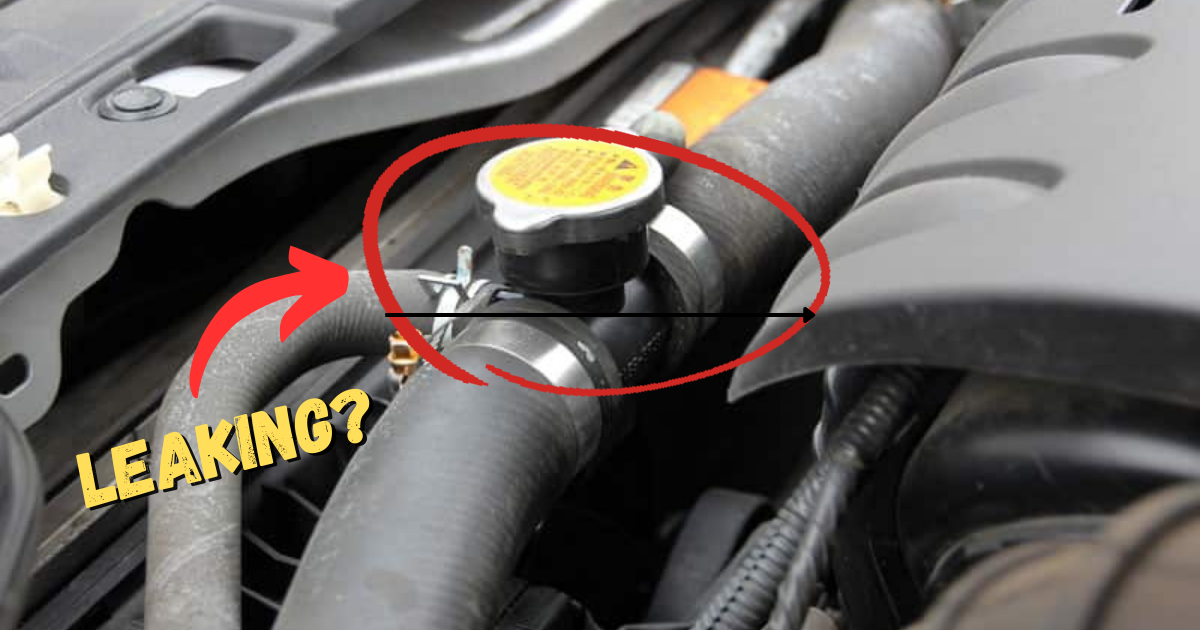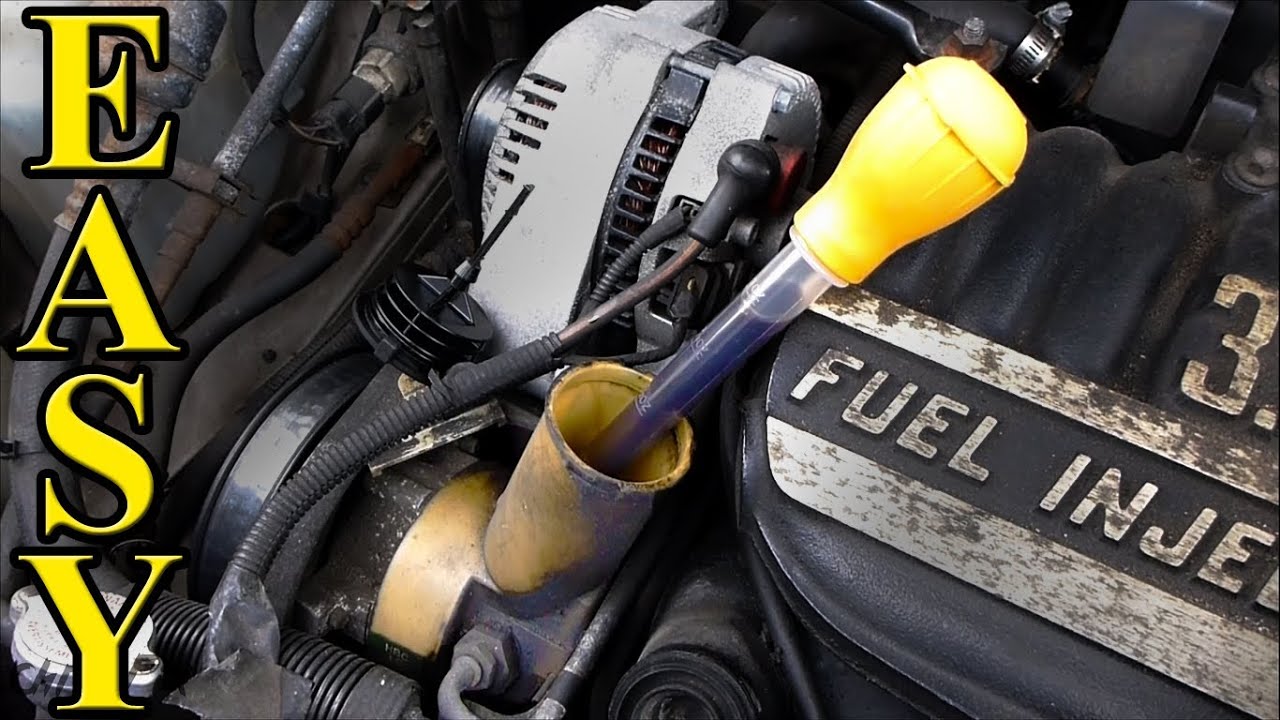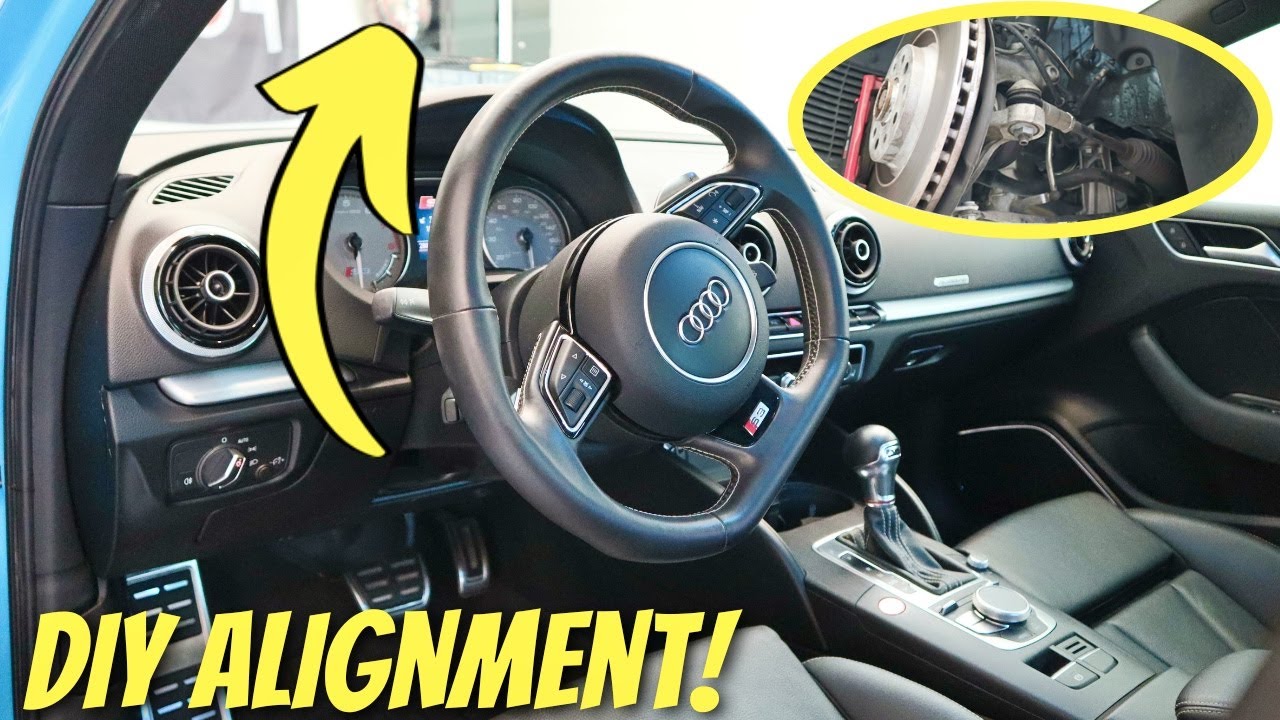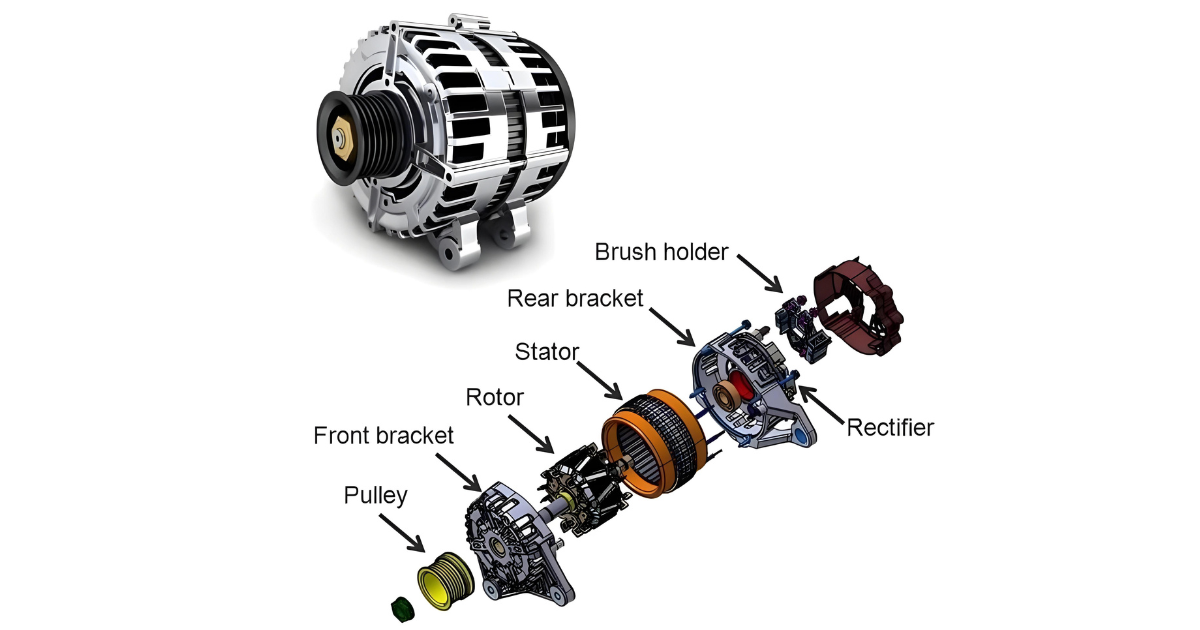If you’re new to learning about cars, you might not know what a power steering pressure hose is or what it does. In this article, we’ll go into detail about a power steering pressure hose & what you should know about it to decide if you need to replace it or not.
What’s a Power Steering Pressure Hose?
A power steering pressure hose takes power steering fluid from the fluid reservoir and pumps it to the power steering rack. The low-pressure hose sends fluid back to the pump, and the high-pressure hose sends power steering fluid to the steering mechanism.
Even though it doesn’t break very often, the power steering system works in very rough conditions that put a lot of stress on both of the pressure hoses. Most of the time, they can work at up to 300°F and 1500 psi. Also, the pressure hoses for the power steering need to be able to absorb high-pressure vibrations while still being able to relax to lower noise levels.
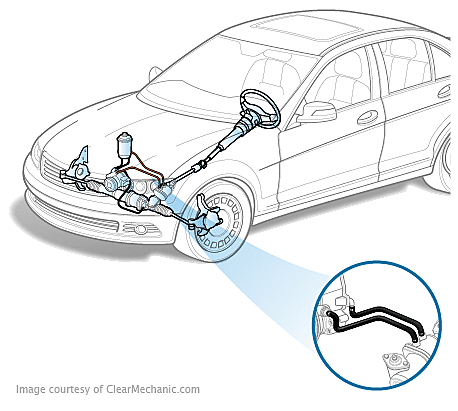
Power steering pressure hoses also need to be able to handle changes in temperature, ozone, sunlight, grease, oil, etc., from the outside, as well as problems from the inside, like worn parts, metal flakes, hose impurities, etc.
How does the power steering system work?
The power steering system makes it easier to move the car by rotating the steering wheel. The power steering system has a reservoir that holds power steering fluid, two pressure hoses, and a power steering pump driven by the engine using an accessory belt.
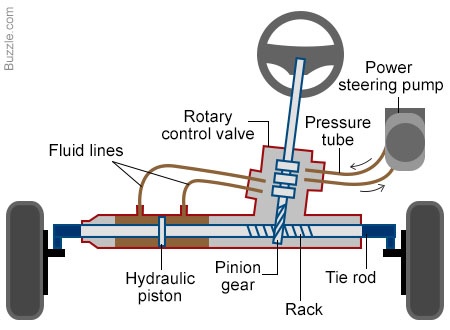
What signs is a power steering pressure hose about to break?
Leaking power steering fluid
Usually, the power steering fluid is clear or yellow. Also, it smells like burned marshmallows. These are two sure signs that your power steering fluid is leaking.
If the power steering fluid is old, it might look like engine oil in color, but it will smell very different. So the color of your power steering fluid shouldn’t be black or brown.
In addition to these things, power steering fluid is a fire hazard and needs to be cleaned up as soon as possible.
You can’t steer correctly.
If your steering wheel is hard to turn, this is a big sign that your power steering pressure hose may be broken. Your steering wheel should be easy to turn most of the time. Any kind of resistance that was unusually strong would be a trait.
If your car’s power steering system doesn’t have enough pressure to get the fluid back to the rack, it will be hard to turn and make sharp moves.
Reasons for low amounts of power steering fluid
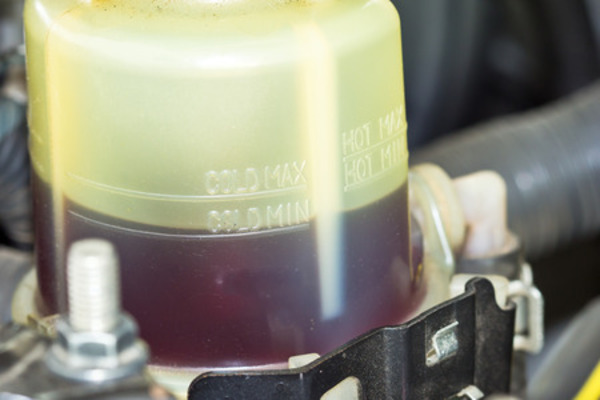
If you have any respect for your automobile, you will regularly inspect it to make sure the power steering fluid is sufficient. If power steering fluids drop by a lot, there is definitely something wrong. Whether the problem is with your power steering pressure hose, your power steering system, or another part of your engine, you should have your mechanic check it out. This could be a sign that your power steering fluid is leaking, which can affect the whole system if not fixed.
If your car’s steering seems to be having problems, look under the vehicle to see if there are any leaks. Check the bottom of your car and make a note if you have to keep changing the power steering fluid.
To get the most out of your power steering system, it may be necessary to flush it entirely.
A Power Steering System Flushing Procedure
So, the fluid for your power steering is old. You can see that it is no longer clear or amber. Instead, it’s black or brown and looks disgusting. In addition, you may also start noticing that your engine is producing a bit more noise than usual. So, here is a step-by-step list of what to do.
First, Look at the owner’s manual.
Read your owner’s manual to ensure you are using the suitable power steering fluid. Another pro tip is to buy more power fluid than you need so you don’t run out while cleaning and refilling.
Empty the old fluid.
Using jacks, lift your car and put a drain pan underneath the power steering pumps and reservoir. Also, make sure you have paper towels ready.
Use a turkey baster to get out as much liquid as you can from the top. When you can’t get any more fluid out, turn the steering wheel all the way to the right and left a few times. This is called turning the wheel from lock to lock, and it helps pump more fluid back into the reservoir. You need to do this step more than once so that less power steering fluid will leak out later.
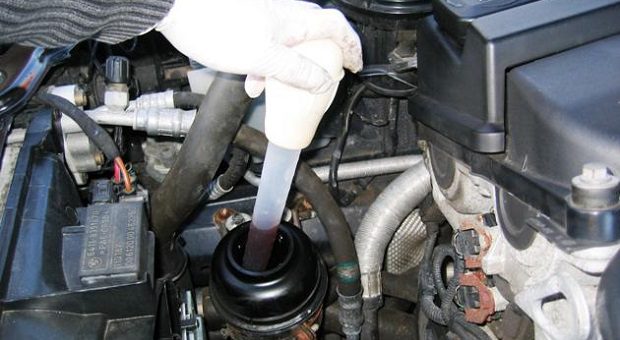
Find the hose that returns the fluid.
You should look for the fluid return hose underneath your car. It will be next to the feed hose. The return line is a low-pressure hose that will be easier to remove and drain more power steering fluid from. Since the feeder line is a high-pressure hose, it will be much harder to do the same thing. So why make things harder for yourself?
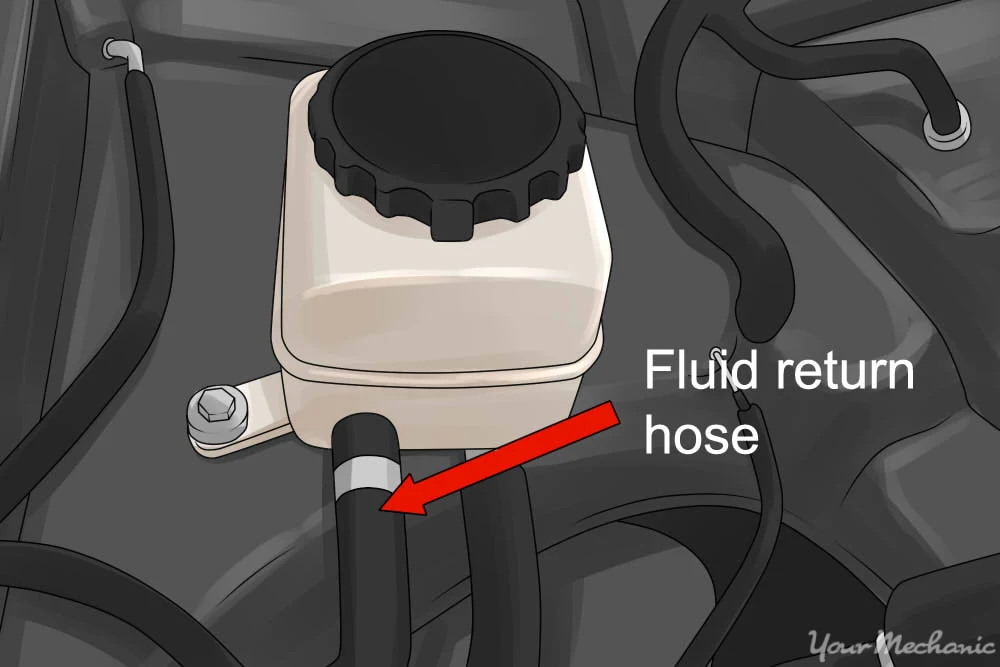
As soon as you use the pliers to disconnect the return hose, get your containers and towels ready to collect the power steering fluid. After the power steering, fluid stops coming out; turn your wheel lock to lock to get as much fluid out as you can.
Add new fluid to your power steering system.
Fill your reservoir halfway with new power steering fluid, starting at the top. Your return line should still be disconnected at this point.
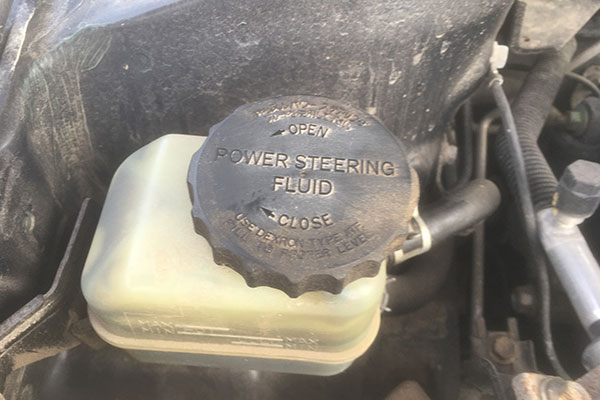
Start the car and turn the wheel lock to lock. If you don’t want to hurt your power steering system, make sure the reservoir doesn’t run out of fluid while you do this step. If someone is willing to help you with this step, take it.
When the fluid that comes out of the system is the same color as the fluid that goes in, your power steering system has been flushed. So you can be sure that all of the old fluid has been removed.
Reconnect the return feed and fill up the reservoir.
Clean up the power steering fluid that got spilled and reconnect the return hose. Then, fill up the power steering fluid with new fluid. Cover the water supply.
Start the car for a few seconds, and you will see that the fluid level will drop. So, again, open the reservoir and fill it.
Check to see if any of your cars are leaking while they are still on the jack stands. Before you put your car on the ground, you should fix any mistakes. While the engine is running, turn your steering wheel lock to lock. Your pump shouldn’t make any strange buzzing noises.
Test drive your car

Your steering problems should be gone after you flush your power steering system. Try out your car by driving it around. Bring along some extra fluid for the power steering, just in case.
You can extend the life of your car and power steering system by ensuring the fluid is new and working.
FAQ
How much does it cost to replace a power steering pressure hose?
If you need to replace the whole power steering pressure hose, it can cost between $200 and $600, depending on the model and year of your car. Also, depending on where you buy it, the power steering pressure hose part can cost anywhere from $60 to $300.
Does power steering come with old muscle cars?
A lot of older muscle cars didn’t have power steering. However, it is one of the modern upgrades recommended when restoring an old muscle car.

Can you drive if a power steering hose is broken?
So, if your power steering leaks, can you still drive? Yes, technically, you can, but you shouldn’t do it for too long because it will get harder and harder to steer and be very dangerous. If you think your power steering is leaking, the best thing to do is have a trained technician look at your car as soon as possible.
Can a power steering pressure hose be repaired?
If you detected it early enough, you can use a power steering stop-leak to fix it. This can help plug the hole if you add it to your power steering fluid. If the leak is big, you should call a professional.
How long can you drive with a power steering leak?
Even though there’s nothing physically stopping you from driving your car if the power steering fluid is leaking, once the level gets low enough, the pump stops working. This causes more friction and heat, which can quickly cause damage that can be very expensive to fix.
What causes the power steering hose to burst?
Pulsations caused by high temperatures cause power steering hoses to break down from the inside. The constant bending and pressure changes cause small pieces of hose to break off. These pieces are carried through the system and can cause problems.
